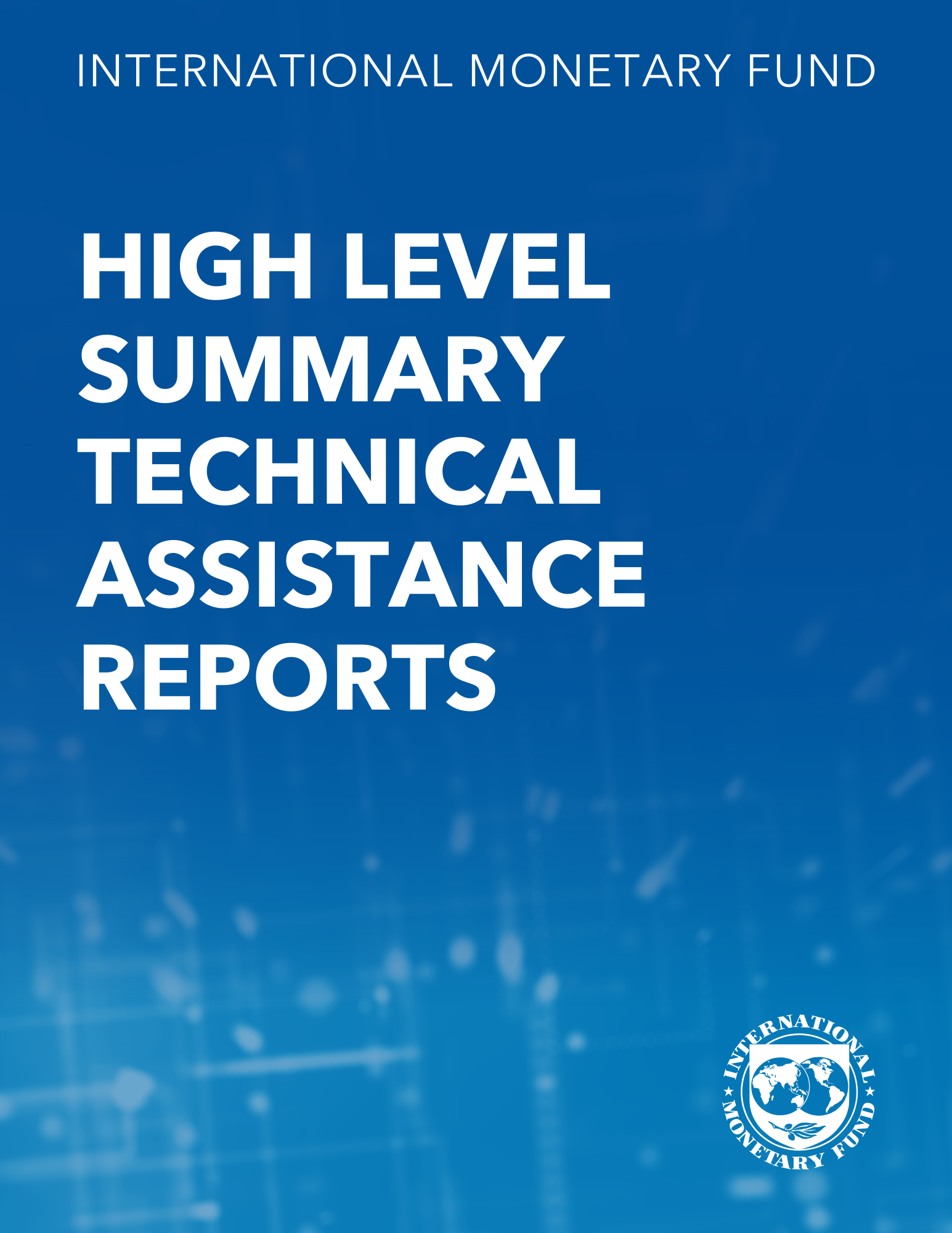Financial Intermediation Costs in Low-Income Countries: The Role of Regulatory, Institutional, and Macroeconomic Factors
May 1, 2012
Disclaimer: This Working Paper should not be reported as representing the views of the IMF.The views expressed in this Working Paper are those of the author(s) and do not necessarily represent those of the IMF or IMF policy. Working Papers describe research in progress by the author(s) and are published to elicit comments and to further debate
Summary
We analyze factors driving persistently higher financial intermediation costs in low-income countries (LICs) relative to emerging market (EMs) country comparators. Using the net interest margin as a proxy for financial intermediation costs at the bank level, we find that within LICs a substantial part of the variation in interest margins can be explained by bank-specific factors: margins tend to increase with higher riskiness of credit portfolio, lower bank capitalization, and smaller bank size. Overall, we find that concentrated market structures and lack of competition in LICs banking systems and institutional weaknesses constitute the key impediments preventing financial intermediation costs from declining. Our results provide strong evidence that policies aimed at fostering banking competition and strengthening institutional frameworks can reduce intermediation costs in LICs.
Subject: Banking, Competition, Credit risk, Financial markets, Financial regulation and supervision, Inflation, Loan loss provisions, Monetary policy, Prices, Reserve requirements
Keywords: bank characteristic, bank efficiency, Banks, Competition, Credit risk, dependent variable, Emerging Economies, entry application, Inflation, interest margin, intermediation service, LICS bank, Loan loss provisions, Low Income Countries, margin determinant, Net Interest Margins, Reserve requirements, Western Hemisphere, WP
Pages:
35
Volume:
2012
DOI:
Issue:
140
Series:
Working Paper No. 2012/140
Stock No:
WPIEA2012140
ISBN:
9781475503937
ISSN:
1018-5941






